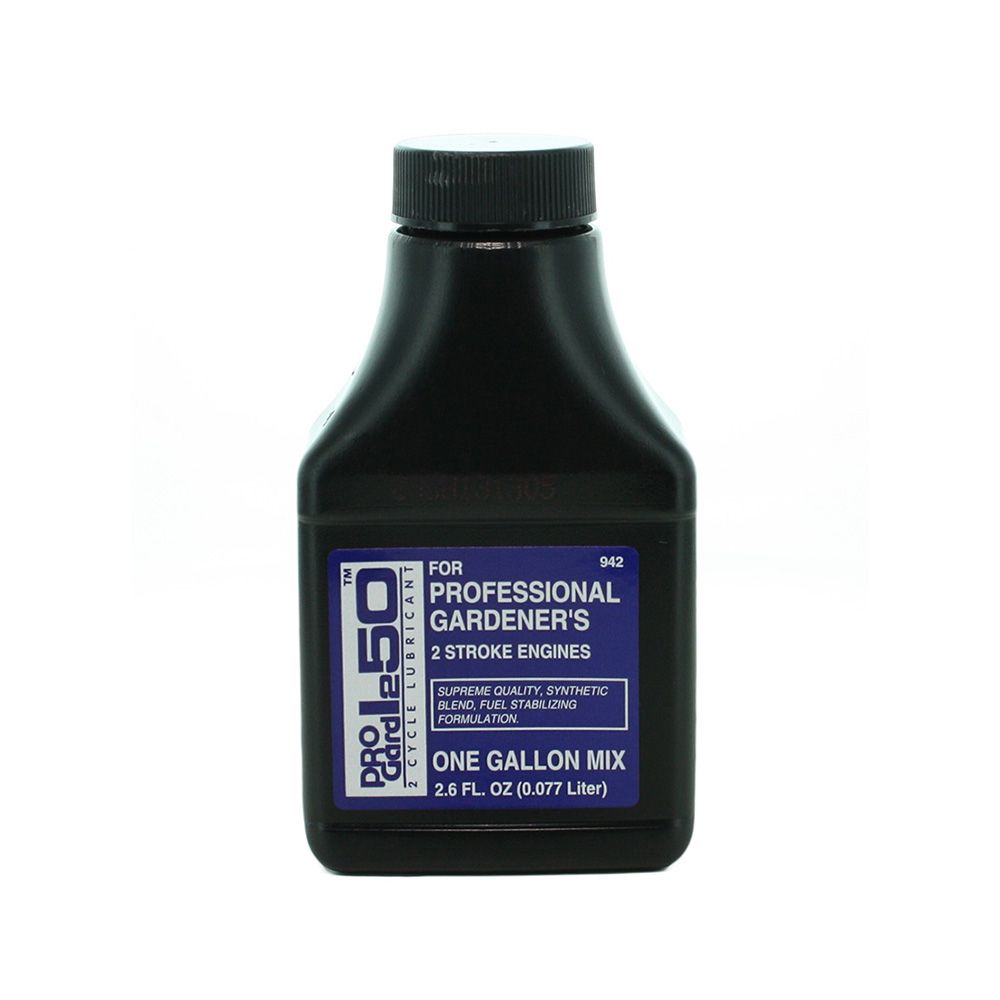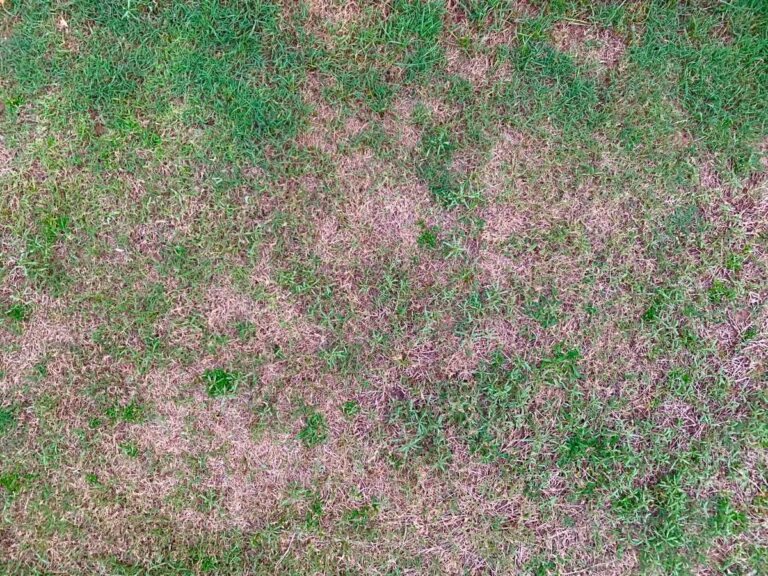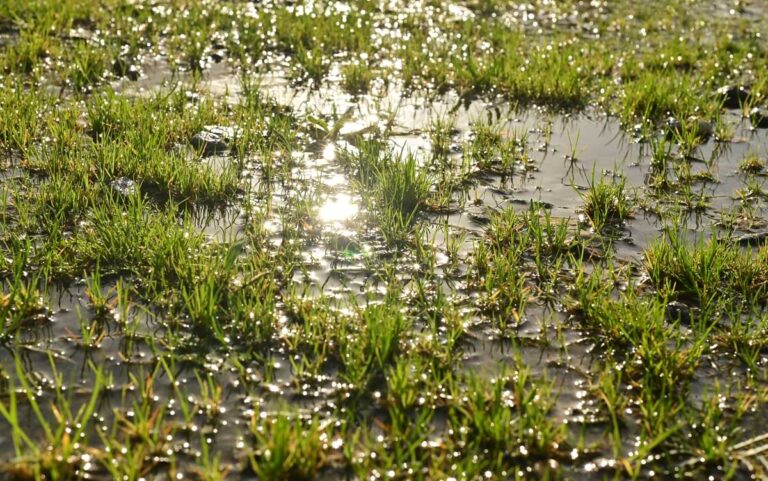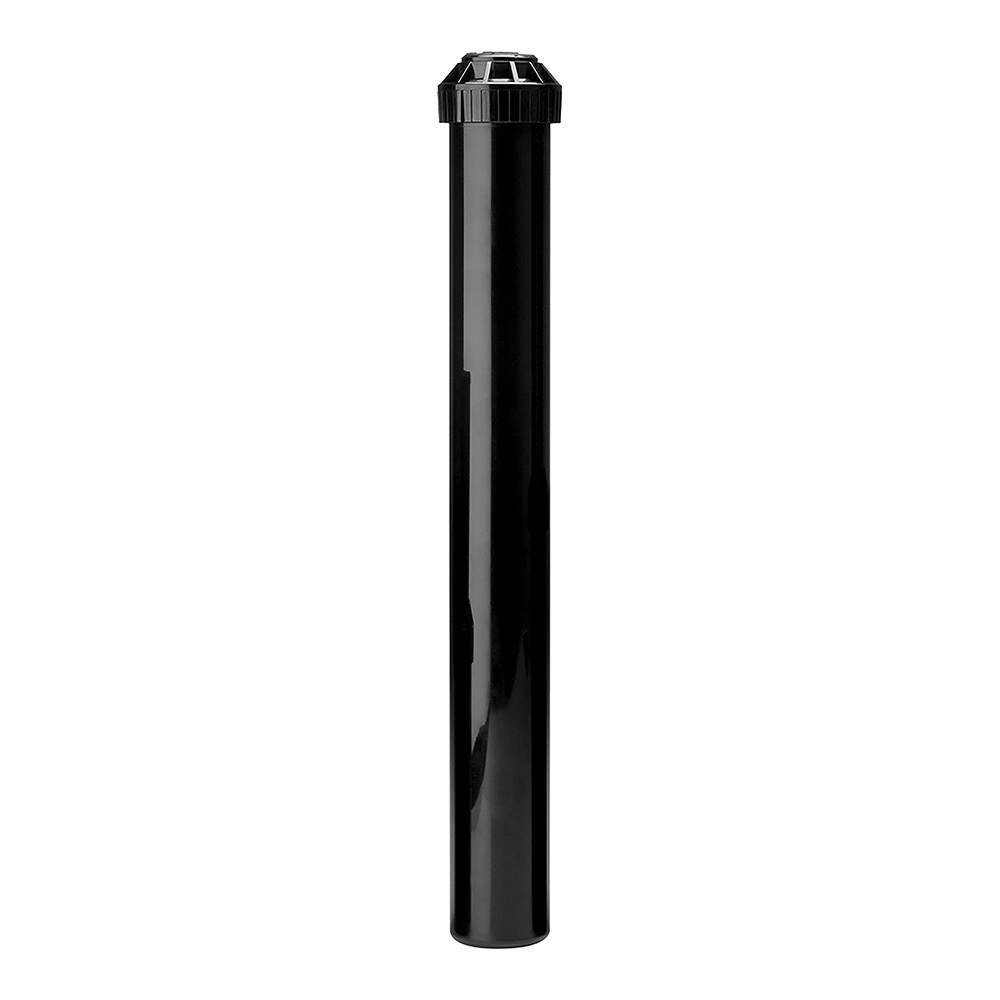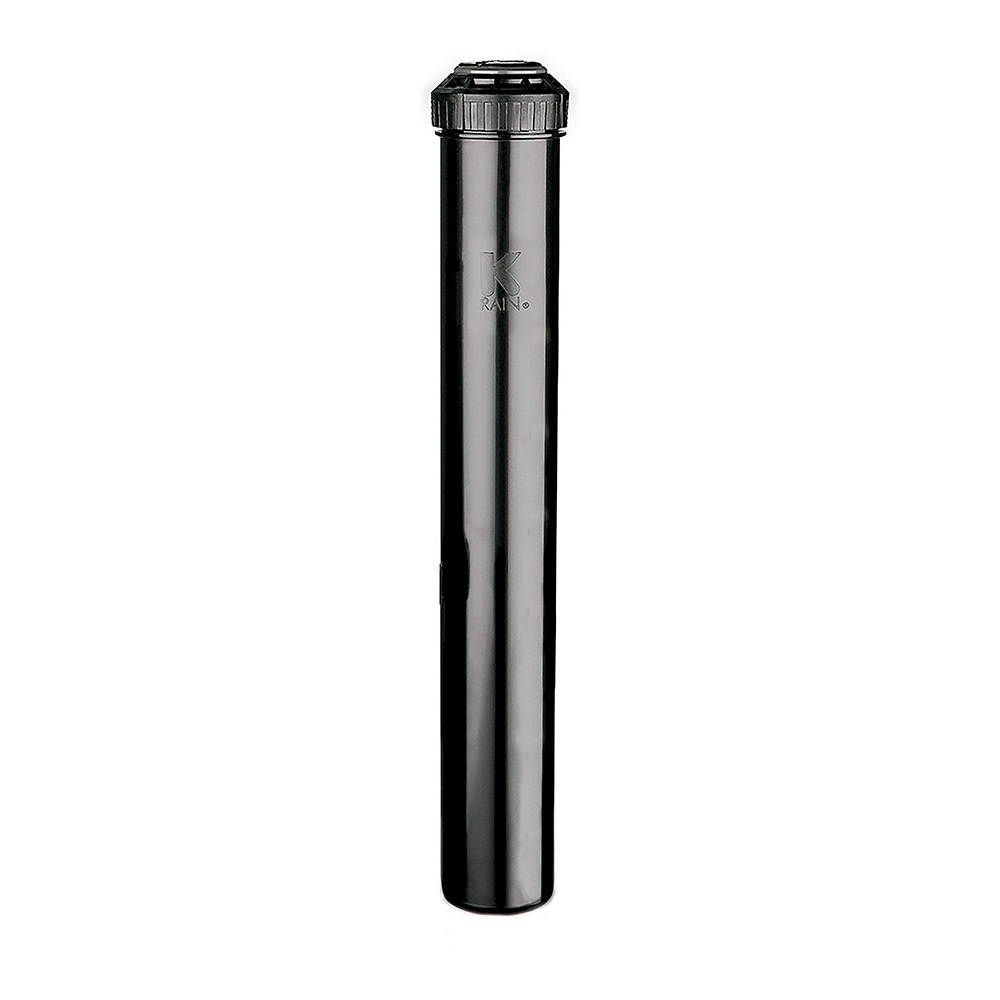How to Install an Irrigation System
Table of Contents
This article is a step by step irrigation installation guide. Welcome to Sprinkler Warehouse’s sprinkler system installation school. This guide is laid out in easy to follow steps with colorful illustrations and cutting edge animations.
Installing an underground sprinkler system can be a do-it-yourself project that will allow you to save almost half the cost of a professional installation. Sprinkler components available today are much easier to work with and provide a more cost effective method for maintaining a lush, green lawn. As with any project, good planning will save you time, effort and money.
Step 1
Before beginning your irrigation project, contact your local water company or the proper municipal authority for information on building codes and required permits. They can also tell you about requirements for the backflow prevention devices required in your area. These devices protect your water supply from contamination and are required for most inground irrigation systems.
Supplies:
- Tape Measure
- Screw Driver
- Hammer
- Trenching shovel
- Line Marking Paint
- Flow & Pressure Gauge
- PVC Pipe cutters
- Solvent, Pimer, Rags (PVC Only)
- Marking Flags
- 1″ Pipe Clamps (Poly Only)
- Teflon tape
- Sidewalk Sleever
- 18 Gauge, Multi-strand Burial Wire (Number depends on number of zones.)
- Graph paper
Each small square on the graph paper should represent one square foot of actual property or use a scale such as 1 inch = 10 feet, 1 inch = 20 feet, etc. Using a tape measure, measure your property and draw it to scale on the layout paper. Use the drawing below as an example:
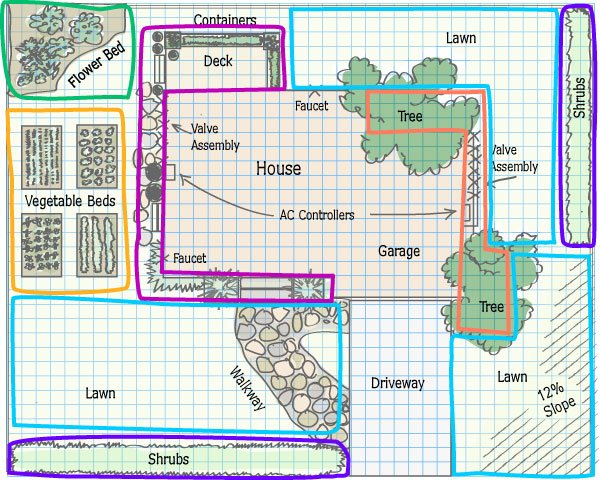
Remember:
- Outline your house, garage and other structures.
- Show walkways, drives, slabs, patios and other surfaces.
- Identify trees and major obstacles.
- Measure and record the perimeter of your property.
- Identify slopes.
- Show groundcover, grass, flower beds and landscaping.
- Identify the size and location of the water meter (or pump) and main line.
- Identify the soil type in your yard.
Write The Scale Of Your Drawing On Your Information Sheet!
Determine Soil:
There is a simple way to determine what type of soil – sand, loam or clay – you have in your yard. All it takes is a clean, empty jar with a lid, some clean water, a tablespoon of detergent and a sample of the soil you want to test.
- Fill the jar about 1/3 full with the soil to be tested.
- Fill the jar with water and detergent then cap it.
- Shake the jar vigourously and set aside for several hours or overnight.
For more information about how to determine your soil type click here.
Evaluate The Results:
Sand: If the water is clear and the soil has settled to the bottom; you have predominantly sand soil.
Loam: If the water is still a little murky with bits of matter suspended in it; you have loam soil.
Clay: If the water is still murky and there is a visible ring of sediment around the jar; then your soil is mostly clay.
Step 2
Using a standard pressure gauge, begin by determining the level of the water pressure produced at your outdoor faucet. Screw the pressure gauge onto the nearest faucet to the water meter. In addition, make sure no water is running anywhere inside or outside your house. Turn on the faucet with the gauge attached. The gauge shows your water pressure in pounds per square inch (PSI). Allow water to run into a 5-gallon bucket to measure the amount of water released in one minute. You may also call your local water company to find out your water pressure. This information, along with a scaled drawing of your lawn, will be used to determine the layout of your sprinkler system.
Once again, you can do this yourself. However, a much easier alternative is to let the experts take care of it for you. Several manufactures (Rain Bird and Toro) will provide you with a system layout and a material list for little or no cost. The layout will include details such as how many zones and zone valves will be needed for your lawn, the amount of pipe needed, the placement of your sprinkler heads, and a complete materials list.
Write The Pressure Reading On Your Information Sheet.
Get The Meter Size
The meter size ( 5/8″,3/4″ or 1″) is usually stamped on the outside of the meter. If you can’t find the size, just call the water company, they’ll know.
Write The Meter Size On Your Information Sheet.
Identify The Supply Line
Next identify if your supply line is Copper, Galvanized, or PVC. Copper is generally a copper color, galvanized is generally silver and textured in appearance and PVC is usually white.
Write The Supply Line Type On Your Information Sheet.
Determine The Size Of The Service Line
Find the pipe that runs from the water meter to your house. Wrap a piece of string around the pipe, mark it, then measure how much string it took to go around the pipe. Check your string length on the table below to find your service line size. For example, if your string measures 4″ and you have galvanized pipe, your service line is 1 inch.
| Length of String | 2 3/4″ | 3 1/4″ | 3 1/2″ | 4″ | 4 3/8″ | 5″ |
| Size of Copper | 3/4″ | 1″ | 1 1/4″ | |||
| Size of Galvanized | 3/4″ | 1″ | 1 1/4″ | |||
| Size of PVC | 3/4″ | 1″ | 1 1/4″ |
Write The Service Line Size On Your Information Sheet.
Determine The Type Of Pipe You’re Using
Now it is time to determine what type of pipe you will be using. Two options are polyethylene and PVC and they both have their own advantages.
- Polyethylene pipe is more flexible and a better choice for cooler climates.
- PVC pipe can be used in warmer climates where you don’t have to worry about freeze-thaw cycles.
Water Capacity
Get a measurable container, like a 5 gallon bucket, make sure no other water is running in or outside the house, turn the faucet on all the way and time how long it takes to fill the container.
Our 5 gallon bucket took 17.5 seconds to fill so; number of gallons divided by number of seconds to fill x 60 seconds = GPM (5 divided by 17.5 x 60 = 17.14). Round your answer down to the nearest whole number. Our example gives us 17 GPM.
Note:
For Pump Systems, Check With Your Well And Pump Dealer Or The Owner’s Manual Of Your Pump To Determine Its Pressure And Flow Capacity.
Write Your Water Capacity On Your Information Sheet.
Include lawn, sidewalks, driveways, and walkways and don’t forget the house. It’s a good idea to sketch everything on a piece of scratch paper, and write in the measurements before drawing your final plan on the graph paper supplied. Then, just transfer everything, to scale, to the graph paper.
- Mark your water meter or pump location with a box .
- Determine your desired timer location with a circle
- Mark your desired manifold locations with an X.
On your graph paper, each 1-inch square can be 10, 20, or 30 feet. Decide your scale and write it on your information sheet (important). Maximum lot size for Rain Bird’s Design Service is 240 x 300 feet.
Divide your layout into sections, pick out the different areas like, the front lawn, side lawn, flowerbeds etc.
Don’t forget to label:
Be sure to label all areas of your yard that you want watered. Rain Bird will make sprinkler head recommendations. If you have special watering requirements, such as wanting bubblers, label these areas. For the types of sprinkler heads that are available, refer to our online Underground Product Catalog. Also, if you have a particular area you want watered separately, such as gardens, roses, etc., mark that area ‘separate valves.’
Group similar types of plants together, like shrubs and ground cover. If you have big differences in the amount of sun different areas get, you may want to group them, too.
Step 3
Now that your drawing is divided into sections, you can take them one at a time. You’ll need to plan the sprinkler locations so that the spray from one sprinkler will reach to the other sprinkler location. This is called ‘head-to-head’ spacing or coverage. You’ll need to check the distance of throw and spray pattern of each type of head to do this part of your layout.
Remember:
- Choose “small to medium” area sprinklers for areas smaller than 25 by 25 feet.
- Choose “medium to large” area sprinklers for areas larger than 25 by 25 feet.
Draw in your sprinklers starting at the corners, then if needed, draw in sprinklers around the edges of the area. If needed, draw sprinklers in the middle. Keep sprinklers evenly spaced and remember to overlap head-to-head.
Odd Shaped Areas Can Be Effectively Covered Using Adjustable Pattern Nozzles That Adjust From 0 To 360 Degrees.
Narrow Strips Can Be Covered Using End, Side Or Center Strip Nozzles.
Head-To-Head Coverage.
Determine Zones:
Now that you have your sprinklers drawn in and you have found out your home’s water cpacity (GPM), you will need to determine how many valves it will take to operate them. You need to figure out how many sprinklers can be run at one time by your home’s GPM. System design is restricted to 24 GPM maximum.
Now that you have figured how many zones you need, you know how many valves to install. Remember, you need a valve to control each zone. When installed, valves are usually grouped together into something called a “valve manifold”. A typical manifold will have 2 to 6 valves. Sometimes more valves are required. You might have a manifold for your front yard and one for your back yard.
PVC & Poly Pipe:
There are two types of pipe commonly used in sprinkler installations, PVC pipe or Poly Pipe. Once you have your pipe drawn on your layout just count how many feet you need to buy. Order some extra in case of minor cutting mistakes.
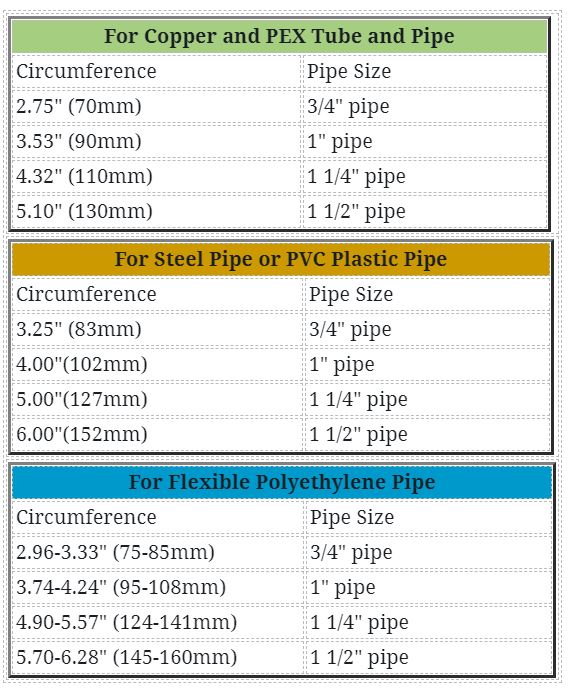
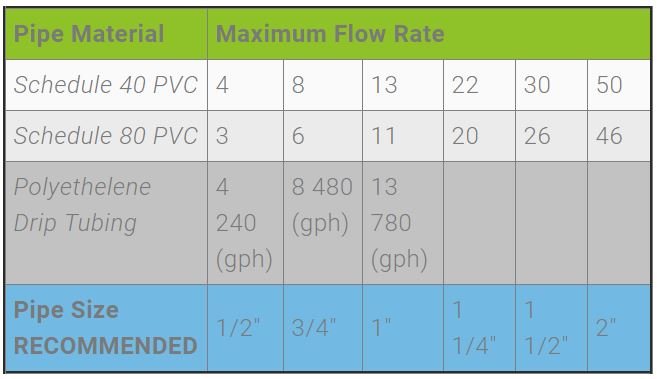

Use this chart to size your pipe according to GPM needed for each zone. Label the pipe on your drawing. remember to size your connecting pipe to the largest zone.
There are a variety of timers and controllers available for your system. You will need one with a “station” for each of your valves. You might even purchase one with extra stations in-case you add to your system at another time. Locate your timer in a place that is easy to get to, like the garage or basemen, near a 110 volt outlet. To wire a timer use coated irrigation wire which is rated for underground burial. Buy irrigation wire with one more strand than the number of valves you will be wiring.
Example: If you have 4 valves, buy 5-strand wire, one strand per valve and one “common wire”.
Get enought wire to reach from the timer location to the farthest valve, then add a few feet just to be safe. The connections at the valves should be made with water tight connectors. Two connectors for each valve.
Step 4
It is now time to connect your sprinkler system to the main water line. Double check to ensure you have secured all permits In addition, have the local utilities mark all the buried lines and pipes before you start digging. Usually it is a matter of tapping into the ¾ inch water line just beyond the meter and upsizing to a 1 inch pipe for the sprinkler system.Use flags to indicate sprinkler locations according to your design. Also, mark the location of your drip system risers even if you plan to install the actual drip system at a later date, you can install your drip risers with the rest of your system Use line-marking spray paint to mark where you’ll trench for pipes and wiring. Check your worksheet to make sure you mark the lines accurately. You will be digging your trenches along these lines.
Tap The Main Line
By cutting into your service line and slipping on a compression tee, you can connect your sprinkler system to the water supply without soldering. In some instances, you can avoid cutting the main line by attaching your system to the outside faucet connection (see diagram and note). PVC pipe may be substituted for copper in non-freezing areas.
SHUT-OFF VALVES
Whether a PVB is used or not, we recommend installing a shut-off valve between the zone valves and the service line. This will allow you to easily turn off the water to your irrigation system if you need to make repairs or replace parts. Check local codes for the type of shut-off valve recommended.
NOTE: Pipes should be buried at least 6 inches under the ground.
** To Activate The Flow Of Water, Click The “Blue” Water Button On The Top Right Of The Image.
If The Meter Is In Your Yard:
- Shut off your water supply at the meter
(check with your water department first). - Dig to expose the service line.
- Tie into the service line, between
the water meter and the house. - Remove a section of pipe, leaving a gap
large enough to slide on a compression tee. - Slip the tee over each end of the pipe.
- Tighten the compression nuts. The rubber gasket will compress against the pipe, creating a seal to prevent leakage.
- Install a short nipple, using PTFE tape on all threaded connections to the tee.
- Attach a shut-off valve, in a small enclosure, to this section of pipe. The shut-off valve allows you to turn off the system by hand, if necessary.
- keep this connection as clean as possible. This is your tap water supply.
** To Activate The Flow Of Water, Click The “Blue” Water Button On The Top Right Of The Image.
If The Meter Is In Your Basement:
- Shut off your water supply at the meter (check with your water utility).
- Install an appropriate tee into the service line for the irrigation connection.
- Drill a hole through the sill above the foundation, or chisel a hole in the basement wall for the irrigation line to run through. Make it no bigger than needed for a 1″ pipe.
- Install the connection fittings, as shown. A full-flow ball valve is a good choice for the irrigation shut-off so that you can service your system without having to shut down the entire household’s water supply.
- A reduced pressure backflow preventer, designed for below-grade, should be connected next along the pipe, followed by a drain valve. For the drain valve, use a gate-type valve. The drain valve should be as low as possible to allow complete system drainage.
- Finally, seal the hole in the sill or foundation with caulking compound.
** To Activate The Flow Of Water, Click The “Blue” Water Button On The Top Of The Image.
The main irrigation line is the pipe that runs from your service line to your valve manifolds. The lateral lines are the lines that run from the valve manifolds to the sprinkler heads. To get the pipe into the ground, you have the choice of digging trenches or pulling the pipe. Digging can be done by hand or with a trencher, such as a DitchWich. Both of these methods will allow you to install the pipe and then the low-voltage cable wire. Your trench will need to be 6 to 10 inches deep. Make the main trench first, then add the branch lines. Although it will require more work up front, a deeper hole will make the job easier by providing more room to work with your fittings.
WARNING!
Before Digging Any Trenches, You Must Have All Underground Utilities Marked To Avoid Any Damage. Call Your Local Underground Locator Service Or The City For Information.
Trenching By Hand
To soften the soil, water the ground approximately two days before you dig Dig trenches 8″ to 12″ inches deep. Put sod on one side of the trench and soil on the other.
Trenching Using A Trencher
Trenching machines are an easier, faster alternative to digging with a shovel. They can be rented by the hour, day or week, usually from a lawn supply store or rental equipment dealer. The person you rent from can show you how to operate the machine properly and safely. Trenchers should not be used to dig through ground cover, flower beds, on steep slopes or near buildings. Be sure to verify all underground utilities before trenching. In colder climates a vibratory plow is used for pulling pipe.
Pulling The Pipe
A major advantage of using a pipe puller is less disturbance to your existing lawn. With this method, you will need to install the cable wire along with the pipe as you run the main feed line. Wrap the wire around the pipe, attach the pipe to the blade of the machine, and lower the blade into the ground as you begin to start to move forward. Although this may sound complicated, trenchers and pipe pullers are available at local rental centers and their staff can help answer questions about how to operate the machines.
Usually, your yard will contain a few items other than the lawn grass you are trying to keep lush and green. These might include driveways and sidewalks, which at first glance might appear impossible to overcome. Since pipe must go under these obstacles, you will need to find a way to dig a trench without removing the hard surface.
The most efficient and cost effective way to bore under an obstacle is to create a hole using the power of water. Simply attach a jet nozzle to one end of a piece of PVC pipe and a garden hose to the other end with the necessary fittings. The force of the water will create a hole the same exact size as your pvc pipe-through to the other side. Large or small areas can be excavated by adjusting the length of pvc pipe. The tool can be reused again and again by adding a coupler to the pvc pipe.
The Components Needed To Bore Under An Obstacle:
- Brass 2 inch sweeper nozzle (1 qty)
- PVC male hose end adapter fitting (2 qty)
- Brass 3/4 inch female hose to 3/4 inch female pipe swivel (1 qty)
- Brass 3/4″ male hose to 3/4″ female pipe(1 qty)
- PVC glue
- Garden hose
Step 1
First dig your trenches on either side of the walk to the depth of the rest of your sprinkler system (usually about 6-12 inches minimum). Now using a PVC pipe cutter, cut the piece of schedule 40 PVC pipe about two to four feet longer than the width of your sidewalk or driveway. Following the directions on the can of PVC glue and glue the male adapters on opposite ends of the pvc pipe. Next, attach the brass 3/4″ female hose to 3/4″ female pipe swivel to one of the pvc male adapters. Then attach the brass 3/4″ male hose to 3/4″ pipe fitting to the other pvc male adapter on the opposite side. Connect your garden hose to female pipe swivel adapter. Connect the male hose/female pipe adapter to your 2 inch sweeper nozzle. Your boring tool is now assembled and ready to go.
Step 2
Turn on the water. Grab hold of the pipe (fitting the pipe into the trench may intitially require some flexing). Keep the pipe level with the bottom of the trench and jab the boring tool into the soil. The dirt will appear to plug the end of the nozzle, just leave the nozzle in place for 15 to 30 seconds to allow the water to loosen the soil. Pull back the pipe 6 inches to a foot and thrust it into the soil again. Keep repeating this pattern until you have completely bored under your driveway/walkway.
Step 3
Once the pipe has made it through to the other side you can shut off the water and cut the hose end fittings from both ends of the pipe. Your pvc pipe tool now becomes your irrigation pipe. Attach your fittings to the pipe and continue to assemble your irrigation pipe. Some people prefer a variation of this method and use a larger pvc pie to bore the hole once they have bored through to the other side, they push the actual pipe being used into and through the boring pipe to the other side of the path or driveway. The boring tool then acts like a sleeve. Then the larger “boring” pipe also can be used to hold irrigation or lighting wire. This method allows you to bore just one hole for multiple purposes.
NOTE: Soil That Is Too Hard Or Rocky May Require Tunneling Either By Hand Or With A Machine That Can Bore A Hole Under The Sidewalk. You Can Also Contact An Irrigation Or Landscape Contractor To Do The Job, For A List Of Contractors In Your Area.
For example, one of the best devices to have if you have a job that requires excavation under a pathway is to use the Sidewalk Sleever. Just follow the simple steps below to see how quick and easy your job could be using this tool.
Step 4
Place a piece of pipe next to the Sidewalk Sleever with one end touching the “pipe stop” and mark; with your finger; where the pipe just meets the tapered end. Then cut the pipe at that point. If the pipe is past the tapered end this will allow dirt to enter the pipe during installation.
Take the cut pipe (sleeve) and slide it on the Sidewalk Sleever. It is important that the Sidewalk Sleever is clean. Dirt on the tool will make extracting the tool difficult.
Place the Sidewalk Sleever just under the concrete and tap in a few inches. This will allow the tool to hold itself off the ground making it easier to install and also easier to remove the tool after installation.
While straddling the trench; use a 16 pound sledge hammer to impact the Sidewalk Sleever under the sidewalk. Continue impacting the






















